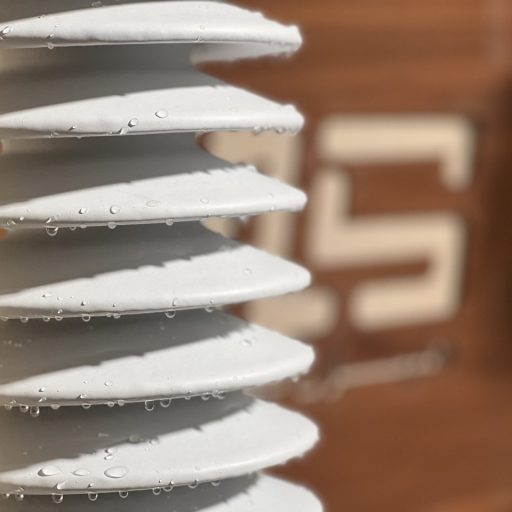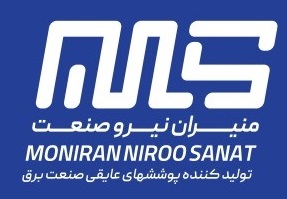Why RTV Coating

Increasing the lifespan of all insulators

Preventing electric discharge

Reducing the probability of failure and increasing the reliability of the network

Creating water repellency

Preventing electric discharge

Reduction of direct and indirect costs of the network
RTV Coating
Different maintenance practices have been developed for HV insulators operating in polluted environments. One of these – room temperature vulcanized (RTV) silicone rubber coatings has been used for decades but has recently become increasingly popular, with areas of application expanding from mainly substations, as during the initial years, to now also include overhead lines. Key performance attributes of such coatings include good dielectric properties and flexibility over a wide temperature range, combined with resistance to UV, chemicals, thermal degradation and corona discharges.
Main benefits of RTV-Silicone coating
- Excellent self cleaning characteristics and long-term resistance to weathering and difficult environments
- Long-term hydrophobicity due to the migration of low molecular weight (LMW) siloxanes into the pollution layer
- Suppression of leakage current, discharges and pollution flashover
- Long-term RTV stability makes repeated application of grease unnecessary.
- Reduced maintenance expenditure, as in washing, compared to conventional insulator surfaces.
- Facilitated cleaning in case of extreme pollution deposition (e.g. cement); even most difficult pollutants can be wiped off with a cloth.
- RTV coated surfaces withstand high pressure jet washing up to 90 bar (normal application, 25cm distance)
- The best of both worlds, mechanical strength of porcelain and pollution performance of silicone rubber.
- Non toxic and environmentally friendly material
- Transmission reliability as well as environmental and resource conservation by efficiently utilizing generated power

